Writing for Harlequin Presents: The Basics
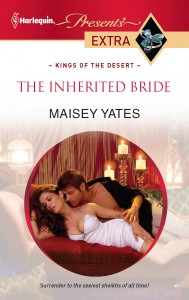 I hesitated writing the title of this because writing for any genre or line isn’t quite as simple as receiving a set of instructions and then following them. And I’m by no means the definitive authority, and I’m certainly not the first person to write a post like this! But I do want to share with you what I’ve learned writing my seven Presents, to help you on your own writing journey.
I hesitated writing the title of this because writing for any genre or line isn’t quite as simple as receiving a set of instructions and then following them. And I’m by no means the definitive authority, and I’m certainly not the first person to write a post like this! But I do want to share with you what I’ve learned writing my seven Presents, to help you on your own writing journey.
I’m going to start with the basics. The promise of the line, and what that means to you as a writer, and what it means to our readers. A little bit of Presents info so you can be a Presents expert. And some tips for writing category length books.
The short and sweet promise of the line can be found inside the cover on the North American Presents: Glamorous international settings, unforgettable men, passionate romances. Another version can be found on the back of the M&B Moderns: International affairs, seduction and passion guaranteed.
This is a promise that is made to the readership, and when writing for the line, it’s important to fulfill that promise. There is actually quite a lot of freedome in category, much more than people think, but the thing that you absolutely have to do is deliver on that promise. Because those are the core things that bring a reader to the line they identify with.
So in Presents our readers want that glamour, exciting international settings, and of course a strong, unforgettable alpha hero. (I could go on at length about what alpha means, and how it’s truly a very diverse trait…and I have, you can see that post here, and I may touch on it again in a more detailed post)
Presents has very intense conflicts, but they need to be grounded in reality. Because while there’s a major fantasy element (staying on a private island with a gorgeous prince!) the core conflicts need to be rooted in something readers can relate to. Like a woman willing to go to great lengths to prove herself to her father, that she’s good enough. Or a woman who finds herself pregnant with what she thinks is the wrong man’s baby. Those are things many of us can relate to, or at least imagine experiencing.
I remember very early on talking to my editor about wanting to tackle a certain theme I had read quite a bit in Presents, and she told me not to worry so much about ‘themes’. That as long as I was fulfilling the line’s promise, I had a great deal of freedom. That was a very valuable piece of advice to me, as I feel it’s really helped me find a place to let my voice show through. And ultimately, that is what an editor’s looking for! Someone who fulfills the line’s promises, but brings themselves into it. Their own unique voice and take on things.
That brings me in to writing category in general. Writing a 50-55K MS requires some different skills than writing 80-100K and no…it’s not really easier. It’s different. This typically means in a category novel you won’t find true secondary characters. We don’t have room for subplots and multiple character points of view.
To write an emotionally satisfying romance in 50K words means the focus has to be on the hero and heroine, and their relationship. I personally keep my POV limited entirely to the H and h, and I know not everyone in Presents does that, but for me, it keeps things simple. I keep my focus tightly on the relationship, on their personal conflicts, so that the reader really feels they got to see the growth and progression of the love between the h and H.
Now I have a little list of Presents facts for you, to help you be a Presents expert:
Harlequin Presents is in over 100 markets and is translated into 26 different languages.
In the UK and India, it’s known as Mills & Boon Modern, in North America, Presents. In Australia the line is called Sexy. In Germany, Julia and the Spanish translations are called Bianca.
The difference between Presents and Presents EXTRA? Four Presents EXTRAs are released every month after the classic Presents. Two of them are from the Modern line in the UK (that’s the same as Presents, remember?) and two of them are taken from RIVA (formerly Modern Heat). The two Moderns will share a common theme, and the two RIVAs will share a common theme. For example, in May I have a book out called The Inherited Bride, and it’s a part of the Kings of the Desert, with Abby Green’s Breaking the Sheikh’s Rules. While the RIVA’s in May are part of the ‘In Bed With the Boss’ collection.
The best way to tell which is which is simply to go by author. Abby Green and I write classic Presents, while Nicola Marsh and Ally Blake write for RIVA. (I don’t know how much that clears up, but now you know as much as I do. 😉 )
So there’s a little basic info for you on the Presents line. If you have any questions about things I didn’t cover, or things I did, please ask below and I will answer to the best of my ability!
Comments
4 Responses | TrackBack URL | Comments Feed

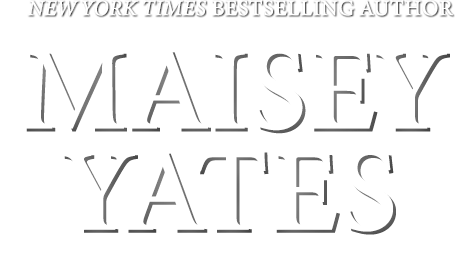
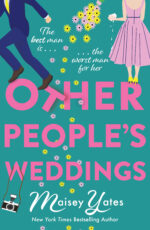
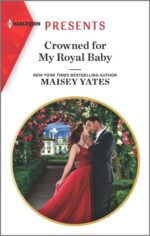
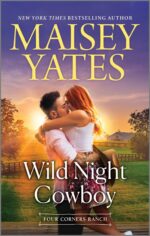
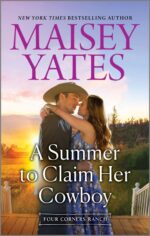
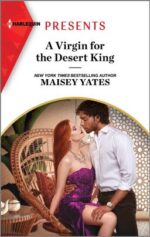
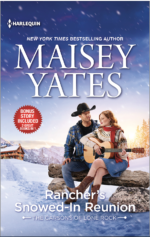
Thanks Maisey =) Have you finished writing my next MS yet?
Sorry Lacey, I’ve been slacking.
Hi Maisey 🙂
I would like to know your thoughts on the use of key scenes and how to meet reader expectation without becoming cliched. Sharon Kendrick talked about this yesterday – some I was aware of (like the wedding in a marriage of convenience) and some I knew frequently appeared but hadn’t thought of in that way (such as having the hero and heroine dance). What would you say the key scenes are, and how are they best approached?
And finally how to handle the added layer of conflict that you get from a royal hero/ordinary girl cinderella story – where she has to fit into a world she’s not used to.
thanks!
Hi Jane, thanks for the question! I don’t think of key scenes in a broad term, like an MOC must show the wedding, or a dance. I think if it’s organic to the story, if it’s key to YOUR characters and YOUR MS, than that helps keep it out of the realm of cliche.
In my first version of His Virgin Acquisition, Marco and Elaine’s wedding was a 20 page, glamorous affair with detailed description of decoration and her dress, and the works she put into it. But something my editor said in a revision letter made me see it differently. She said I was devoting all of this time to an event that simply wasn’t emotionally important to my characters. They were marrying for convenience, and the wedding itself didn’t matter. So while the scene is there, it’s specific to my characters, rather than just being a wedding extravaganza.
I suppose the characters making love for the first time is a ‘key scene’, but again, it’s about it being specific and true to YOUR characters, not being a fill in the blank kind of thing. A love scene from the POV of an artist heroine, who sees specific color and keys in on certain detail, makes it unique, to the heroine and the couple.
It comes back to making it your own!
Now the other question…I think the added layer of conflict will, again, be character specific. My lawyer heroine Alison found herself engaged to a prince, and for her, that meant the loss of the normalcy she’d always craved, and a loss of control, something else she prized. So that was I focused on for her. For another heroine whose always been impovrished, the change may be in having all the food she wants to eat, in being warm at night.
The answer to both questions comes back down to character. And your own unique voice.